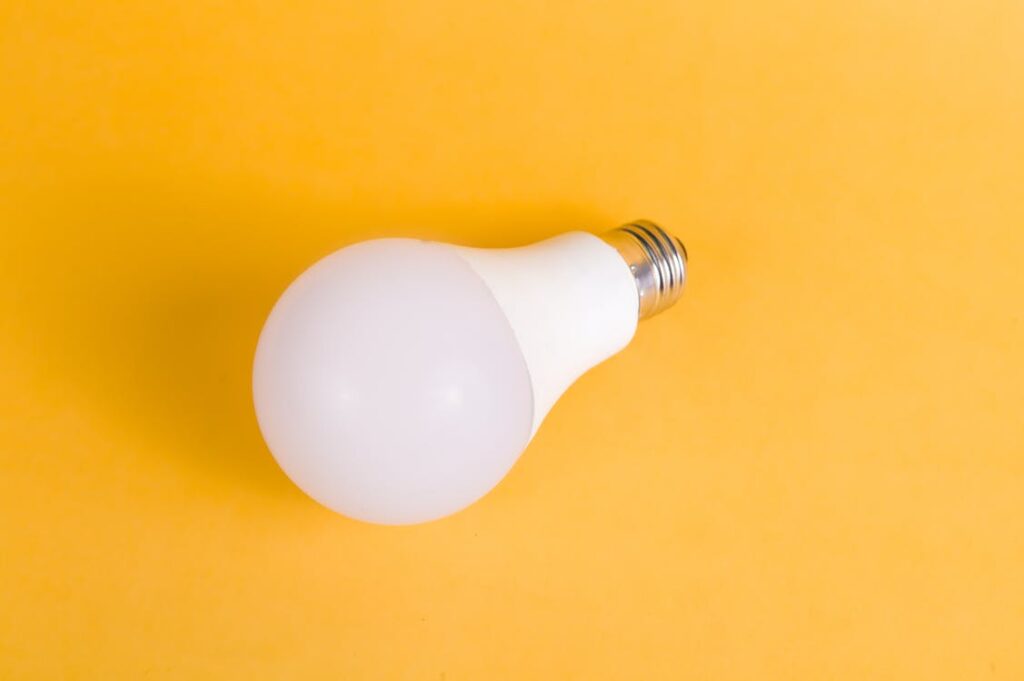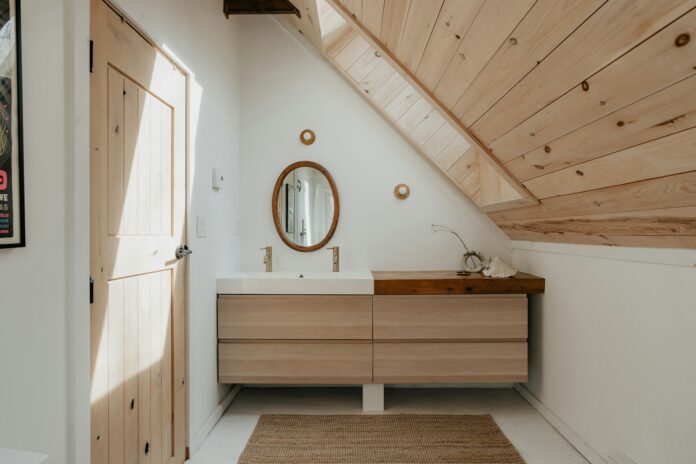
The automating of the home is one of the biggest technological developments of the past few years and progress only looks set to grow further as that technology advances and becomes more affordable. Often referred to as ‘smart’ homes, the future looks bright for those who love to control the domestic space via their voice, their phones or perhaps even an old-school clicking of the fingers.
And it seems like that future is going to be illuminated further still by advancements in smart light bulb technology. If you’re wondering what a smart light bulb is and why you should be using them, then here’s our IDEAL guide.
SO, WHAT EXACTLY IS A SMART LIGHT BULB?
For those who still haven’t had their lightbulb moment regarding the title, a smart light bulb is a product that you can fit into any conventional light fitting to turn it into a smart light. If you have a wall-mounted light fitting that takes a screw-thread or a bayonet light bulb, for example, then you can turn it into a smart lighting product simply by replacing the current bulb for a smart alternative. The same goes for ceiling-mounted light fittings and free-standing ones, such as standard lamps.
This smart technology will work throughout your home to provide you with features which simply can’t be realised via conventional lighting products. Indeed, you can even use smart light bulbs outside as they are fitted into fittings with the necessary ingress protection (IP rating) to protect them from dust and water. Oh, the possibilities!
Read: 6 domestic swaps to make your home greener today

THE BENEFITS OF SMART LIGHT BULBS
So, why should you be using smart light bulbs?
Firstly, the environment; bulbs make use of LED technologies to produce their light. This makes them much more energy-efficient than conventional light bulbs which use filaments. Filament bulbs actually make more heat than they do light so switching to LEDs makes sense if you want to lower your carbon footprint as well as your electricity charges.
Of course, with smart LED light bulbs, you can go even further in reducing energy consumption because you can set your lights to only come on when they are needed and to turn themselves off automatically when they are not. Sounds simple, huh? Whether this is done with artificial intelligence that predicts when you will need your lights or via a Wi-Fi-enabled motion sensor is up to you; the benefit here is that no unnecessary energy is wasted in the home.
Another big plus point about LED technology is that it can be used in a variety of ways in the smart home setting. Many smart light bulbs can be dimmed to optimise their output for different conditions, perhaps becoming gradually brighter as the sun goes down, for example, or even setting the tone as an evening gets more romantic, if that’s your thing.
The versatility doesn’t stop there. You could opt for a control system that allows you to alter the colour temperature of the light fitting to suit different moods, perhaps as an accent light for a dinner party or as a task light when you are working. Going further still, some smart light bulbs will change colour completely, thereby allowing you to come up with lighting effects that switch between reds, blues and greens. Should you be keen on illuminating your house in rainbow hues, then this is for you.
REMOTE CONTROLS
Smart light bulbs can be operated remotely, from a distance. Perhaps you want to turn your hall’s light on from your living room or switch your bathroom light off from your kitchen? With a smart light bulb that communicates wirelessly, this is eminently possible.
Even better, you can operate your lights from outside so long as you have the related app downloaded on your phone. This is ideal if you want to make it look like somebody is home for security reasons or simply because you want your home to feel inviting a few moments before you return from a long day out.

WHY CHOOSE SMART LIGHT BULBS?
Given their wide range of uses and functions, the possibilities of smart light bulbs may only just be becoming apparent. But that doesn’t mean that smart light bulbs are appropriate for everyone.
For example, if your kitchen is lit with a dozen or so ceiling-mounted downlighters, then swapping out all of the bulbs for smart ones would be a more expensive approach than fitting a smart switch instead. If you want to control each fitting independently from one another, then smart light bulbs might still make sense. However, if you simply want to be able to turn them all on and off or to dim them simultaneously, then a smart light switch would probably be the more cost-effective solution since you will only need one or two at most.
The same also goes for lights which do not have conventional, standardised bulbs. Think of under-cabinet LED lighting strips, for example. There are smart alternatives for these sorts of products already, such as Sonoff’s dimmable and weatherproof strips. That said, smart light bulbs are perfectly suited for one-off light fittings in points around the home where you want to achieve a much greater degree of control.
THE BOTTOM LINE
We hope you leave us enlightened about smart light bulbs. Should you be keen to consider more intelligent domestic design, check out this article on why you should switch to a smart thermostat.





